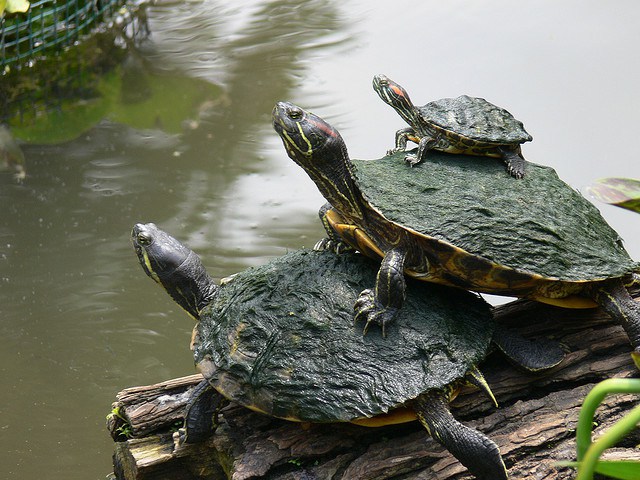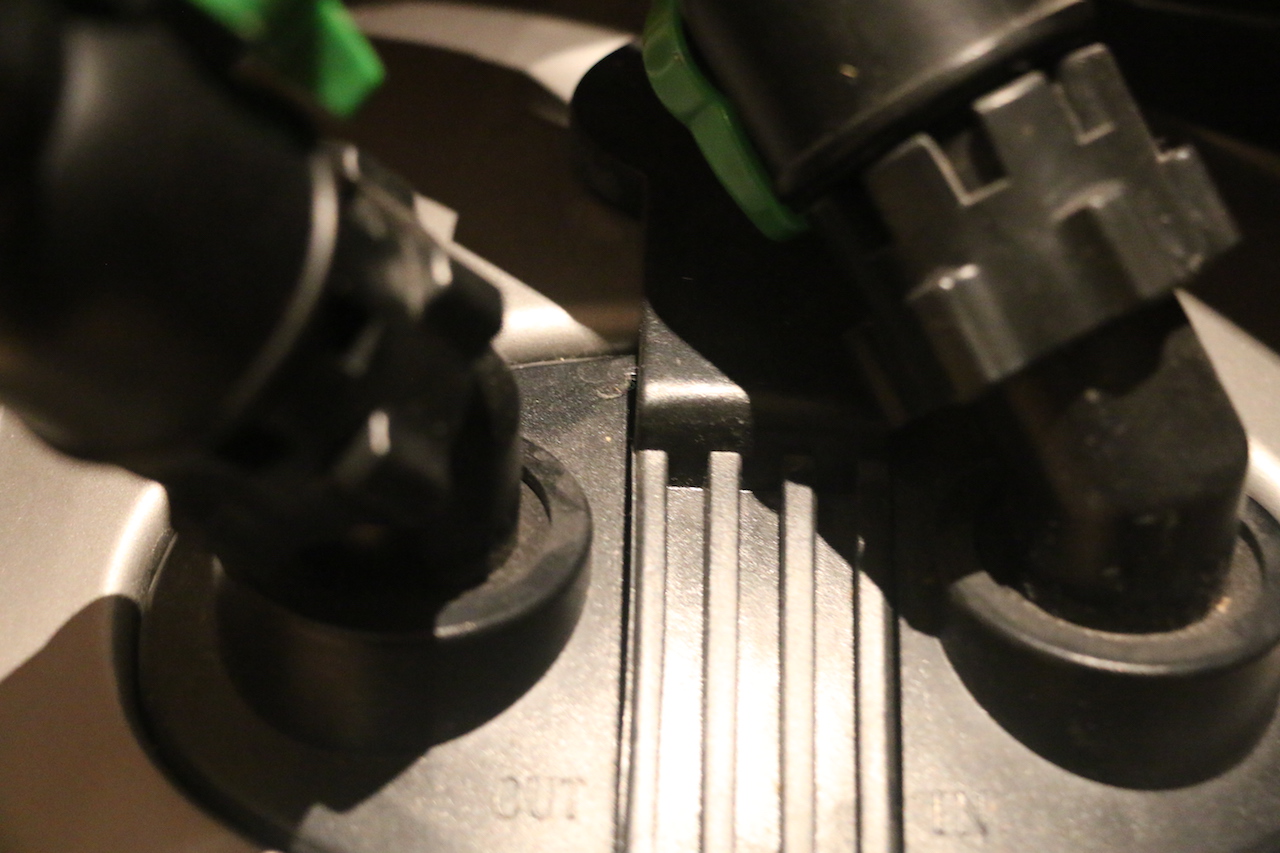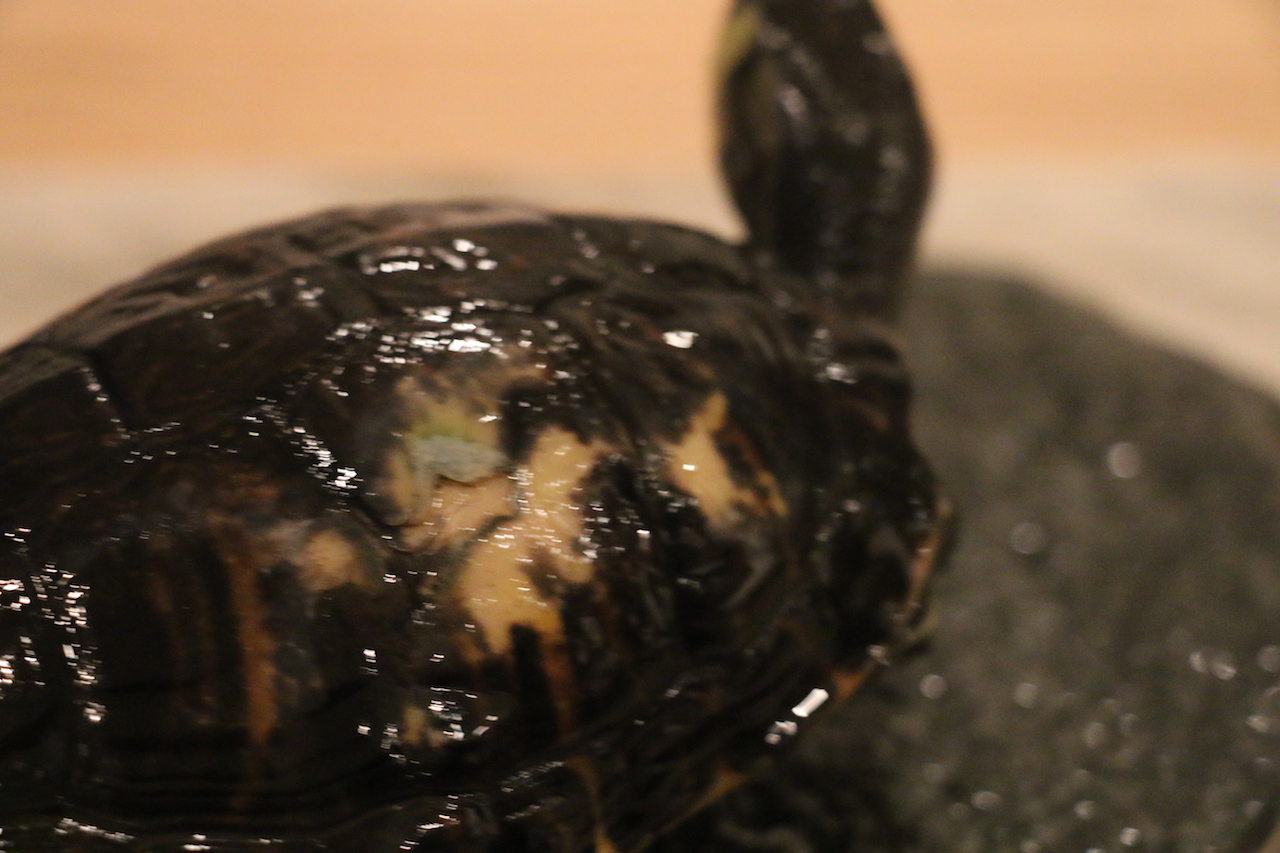HABITAT - ISLAND
Island
Aquatic turtles are reptiles and need both land and water. On land, they can sunbathe, lie down to dry off (which prevents the development of fungi), moult, absorb sunlight and lay eggs. Your turtle’s enclosure must therefore be equipped with an area of land: an island, if you will. Ideally, this island should take up about a third or a quarter of the space in your turtle’s habitat.
How to build an island?
You can use a stone to build your turtle’s island. Choose a flat stone which will act as a platform and not just as a protruding rock. Of course, you can have protruding rocks in your paludarium, but they cannot replace the island. However, to ensure that the island doesn’t deprive your turtle of swimming space, it’s better to choose a floating platform so that your turtle can swim underneath it. Cork or a floating piece of wood are good options for this. The island should have lots of other features:
- It must be easily accessible.
- It must be dry (that’s the whole purpose of an island!).
- It must be safe for your turtle: it should not release any toxins and it must not have any sharp edges or small cracks in which your turtle could get stuck.
- It must be easy to clean, because it isn’t part of the filtered water system.
Sand
Female aquatic turtles lay eggs in the sand which is why it’s very important for the island to include sand. If the turtle cannot lay her eggs, there is a chance that she will become egg-bound, a potentially fatal condition which will require a trip to the vet. It’s best to choose reptile sand, aquarium sand or play sand. This sand has been treated to protect against fungal growth, insects and harmful substances. What’s more, the grains of this sand are round, not sharp. You can also use grout sand, river sand or masonry sand.
Buying an island?
If you’d like! There are lots of different options and the size of the island you choose will depend on the size of your turtle. You’ll find an extensive selection here.
Personally, we’re fans of Exo Terra’s Turtle Bank. Be careful: very large turtles (more than 10 cm in diameter) may cause the magnets to give way.


